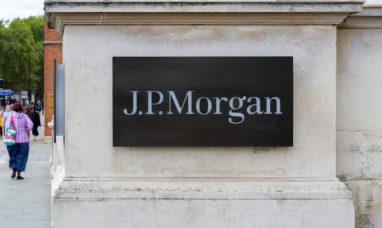Red Lobster, the popular seafood restaurant chain, has received court approval for its restructuring plan, allowing it to emerge from bankruptcy under the ownership of a lender coalition led by Fortress Investment Group. The Red Lobster restructuring comes after the company faced significant financial challenges, including a $300 million debt, which led to its bankruptcy filing in May.
With this approval, the Orlando, Florida-based company, which operates in 44 U.S. states and four Canadian provinces, is poised for a fresh start. The restructuring ensures that all 544 remaining locations will stay open, preserving the jobs of over 30,000 employees—a major relief for both workers and customers of the seafood giant.
Fortress Investment Group Leads the Acquisition
Fortress Investment Group, a well-known global investment management firm, has taken control of Red Lobster through a debt-cancellation agreement. This deal brings Red Lobster out of bankruptcy without the need for external buyers, as none emerged during the sale process. The Red Lobster restructuring also includes $60 million in additional funding from its new owners to help revive the brand, which has faced several challenges in recent years.
Damola Adamolekun, the next CEO of Red Lobster, expressed optimism about the future of the brand under Fortress’s leadership. “This is a great day for Red Lobster,” Adamolekun said in a statement. He further added that the new funding will help “reinvigorate the iconic brand” and position Red Lobster for a more stable and profitable future.
Challenges Leading to Bankruptcy
Red Lobster has been a staple in the U.S. dining landscape for decades, but in recent years, the company struggled to keep up with rising costs and shifting market dynamics. The company cited several key issues that contributed to its financial woes, leading to the Red Lobster restructuring.
High inflation, unsustainable rent costs, and poor management decisions were significant factors in Red Lobster’s decline. The company’s famous “endless shrimp” promotion, while popular with customers, resulted in $11 million in losses—just one of many signs that the company needed to reconsider its business strategy. Additionally, the restaurant chain posted a $76 million net loss in 2023, further exacerbating its financial troubles.
Despite these challenges, Red Lobster’s restructuring plan ensures that the company will retain all of its current locations, a significant feat given that 93 stores had to close before the bankruptcy filing. With the backing of Fortress Investment Group, the company is expected to focus on improving operations, reducing costs, and expanding its market presence.
What the Future Holds for Red Lobster
The Red Lobster restructuring marks a new chapter for the brand, with leadership changes and a commitment from its new owners to support the company’s revitalization efforts. Adamolekun, who will be stepping in as CEO, emphasized the importance of strategic changes to maintain Red Lobster’s position as a beloved seafood restaurant while addressing the issues that led to the company’s financial difficulties.
Fortress Investment Group’s $60 million investment is expected to be used for operational improvements and potential new marketing initiatives to attract a wider customer base. With a focus on cost-cutting and more sustainable promotional strategies, Red Lobster aims to avoid the pitfalls that led to its bankruptcy and reposition itself for long-term success in the competitive restaurant industry.
A Fresh Start for an Iconic Brand
The Red Lobster restructuring demonstrates how critical financial restructuring can save a legacy brand from the brink of collapse. By securing the support of Fortress Investment Group and its coalition of lenders, Red Lobster has not only avoided liquidation but has also received the financial backing needed to stabilize and rebuild its business.
While the company faces a challenging road ahead, its leadership team is confident that the restructuring will allow the brand to thrive once again. As Red Lobster works to recover from its financial struggles, the company’s new ownership and management will be instrumental in restoring its position in the restaurant industry.
The next steps for Red Lobster will be closely watched as it continues to serve seafood lovers across North America while navigating a shifting market and evolving customer expectations.
Featured Image: Freepik









